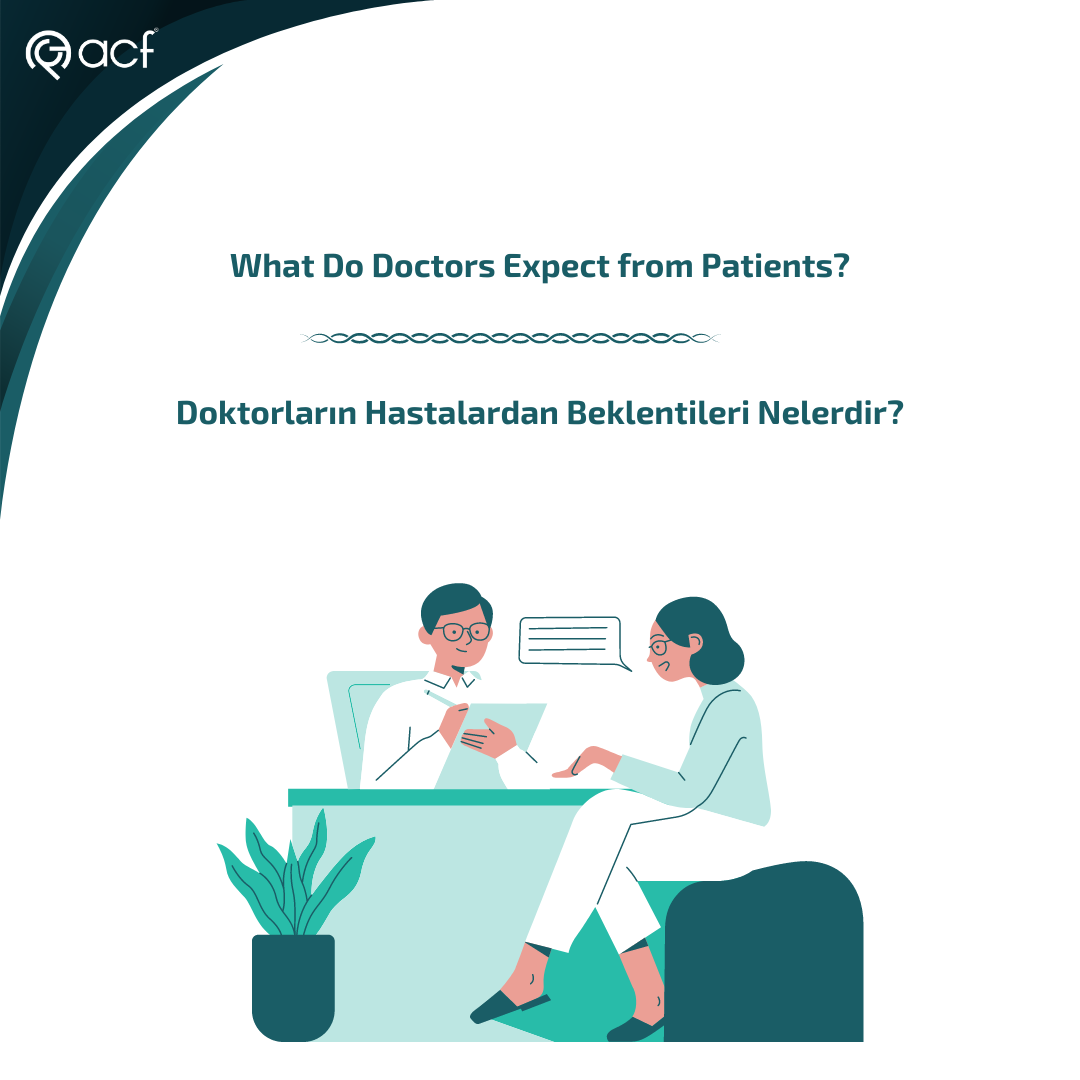
Kazandığınız Cerrahi Motor ve Cerrahi Testere Bıçak İhaleleri Riske Girmesin. Ürününüzü Zamanında Teslim Alın!
Kazandığınız Cerrahi Motor ve Cerrahi Testere Bıçak İhaleleri Riske Girmesin. Ürününüzü Zamanında Teslim Alın! İhale süreçleri, özellikle cerrahi motor sistemleri ve cerrahi testere bıçakları gibi




